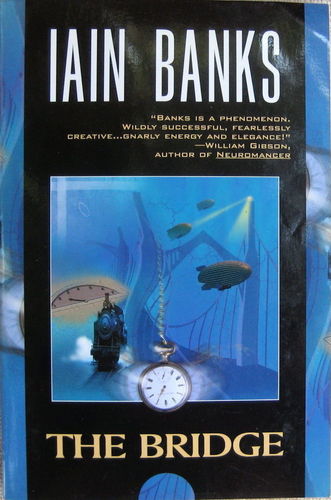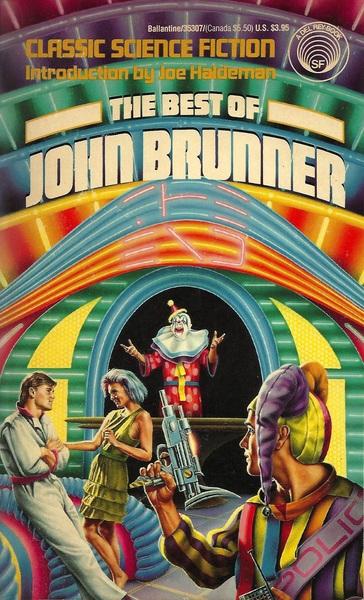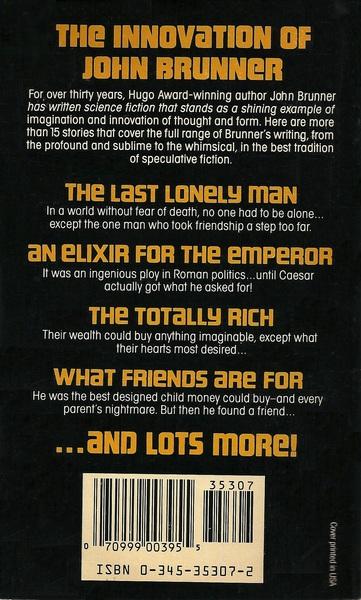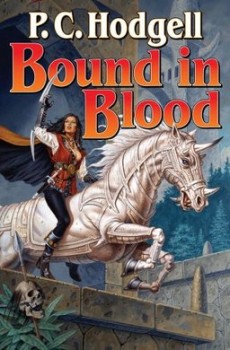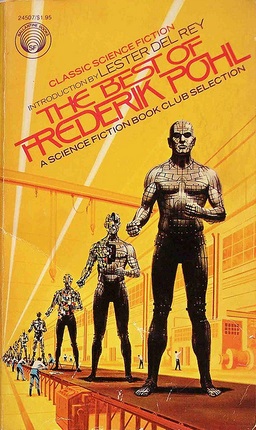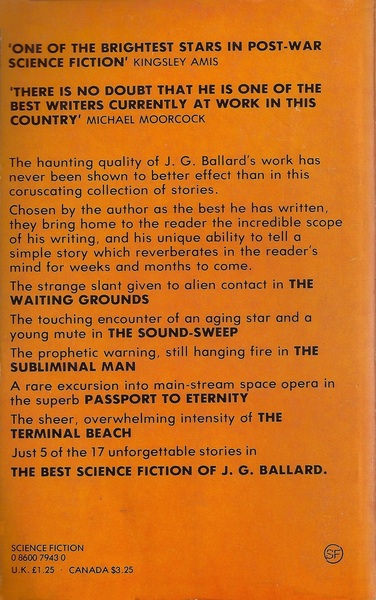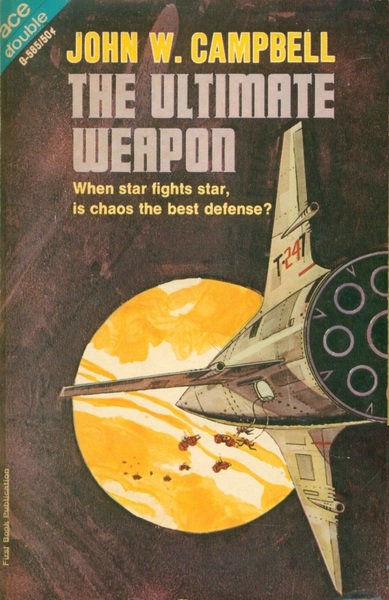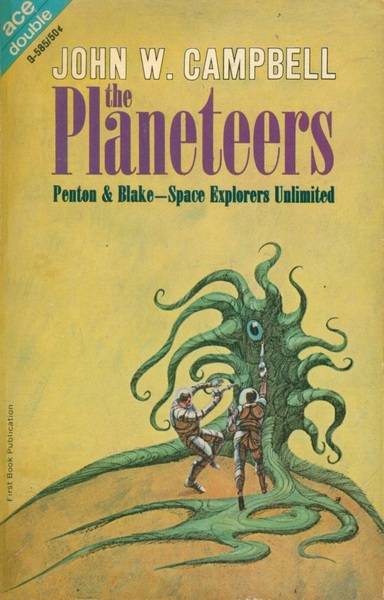Future Treasures: Jack Ketchum’s Off Season: 35th Anniversary Edition From Dark Regions Press
Jack Ketchum’s debut novel Off Season created something of a sensation when it first appeared as a Ballantine paperback in 1980. Partially based on the legend of the Scottish cannibal clan led by Sawney Bean (which also inspired Wes Craven’s The Hills Have Eyes), the novel was heavily critiqued for its over-the-top violence, and Ballantine eventually withdrew it from circulation. Now, to celebrate the book’s 35th anniversary, Dark Regions Press is returning the book to print in a special unexpurgated edition, with a new short story and afterword by the author, and a gorgeous wraparound cover by David Stoupakis.
The Ultimate Edition of Jack Ketchum’s Debut Novel That Shocked the Horror Scene in 1980
Jack Ketchum’s debut novel Off Season made a huge impact on the horror scene with its initial publication in 1980. It became so controversial that the original publisher withdrew their support of the novel. Now award-winning specialty publisher Dark Regions Press is bringing Ketchum’s debut novel back in its best form yet.
The 35th anniversary edition of Off Season includes the author’s originally intended version of the novel (unexpurgated), a new short story based in the Off Season universe, a new afterword from the author, the novelette “Winter Child,” five full page interior illustrations by Tomislav Tikulin and stunning full color wraparound dust jacket artwork by David Stoupakis.
Here’s the complete wraparound cover.


